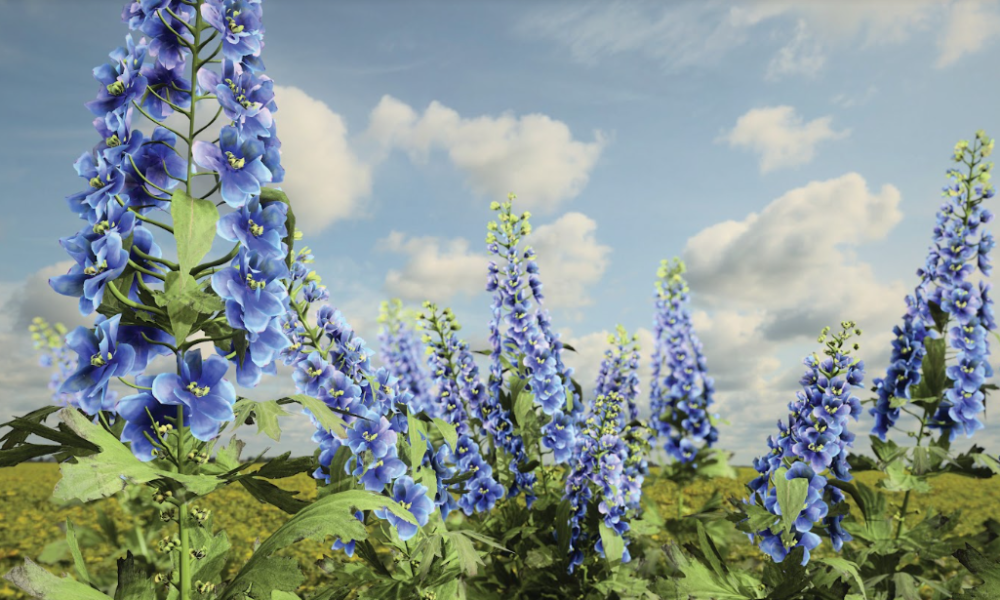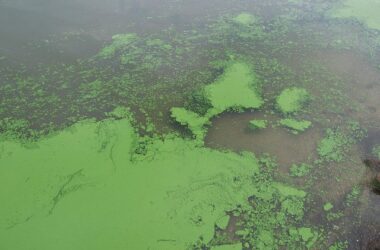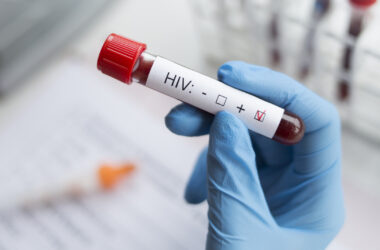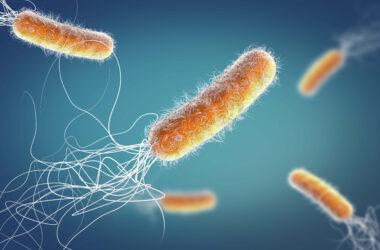There are hundreds of thousands of flower species in the world, each with their own shapes, colour patterns, and natural habitats. Scientists aim to accurately preserve and document every single species, but the complexity and delicateness of these natural decorations make this a challenging endeavour.
Researchers from McGill and the University of Montreal recently published an article in New Phytologist outlining a new, innovative approach called photogrammetry, which assembles a 3D model of a flower from digital photographs. The resulting 3D models are available online for free at BioSource.
Photogrammetry has existed for several decades and has been used in other fields, such as archeology and entomology, but had never before been applied to the scientific study of flowers. While there is no concrete explanation as to why, Daniel Schoen, a professor of biology at McGill, believes the intricacies of the photogrammetry process slowed down its implementation.
The first step in using photogrammetry is simply to collect pictures from all sides of an object.
“You can put your subject on either a turntable or a rotating shaft motor, and basically what you’re doing is you’re rotating it, and you’re taking a picture of it every time it changes by a degree or two, and you come back full circle,” Schoen explained in an interview with The McGill Tribune.
Computer software then analyzes the collected photos to detect overlapping points. From these points, the software constructs a 3D model, complete with colour data from the photographs.
Photogrammetry is a major improvement from current techniques, such as micro-computerized tomography (CT) scanning.
“[Micro-CT scanning] is a little bit like when you get a CT scan in the hospital,” Schoen explained. “They basically take photograph after photograph in different planes, and then they assemble them all together into a solid structure.”
Micro-CT scanning also allows scientists to obtain a detailed 3D model, but it has some drawbacks. First, the machinery used to create the scans is both heavy and expensive, making its use impractical for many researchers. Also, it can’t capture colour data, which is critical when studying flowers.
Since photogrammetry takes digital photographs as an input, it can preserve high-quality colour detail. In addition, the set-up only requires a good camera and a turn-table, making it easy to take into the field—a major boon for biologists looking to document flowers before they wilt or fade.
Having access to detailed, coloured models of flowers opens up new research techniques for biologists, such as quantitatively comparing colour and shape information to determine differences in flower varieties, and conducting experimental research by 3D-printing replicas of existing flowers.
“I’m on the thesis committee of a student who’s interested in whether flowers of a species that occur in an urbanized environment have evolved a different form compared to the more natural environment,” Schoen said. “The idea is to compare shape quantitatively using data captured with photogrammetry.”
Photogrammetry would also allow biologists to perform quantitative analysis on features that are called “nectar guides,” or spots on a flower’s surface.
“The nectar guide is thought to serve as a way to channel the movements of the insect into the flower in a very precise fashion,” Schoen said. “We think flowers work that way. They manipulate their pollinators by both their shape and their colour patterns and it’s the two working together. The colour pattern has to be in the right place on the flower in order for this to work.”
One other exciting possibility is that, with sufficiently advanced 3D-printing technology, these 3D models could be printed to produce accurately-coloured, to-scale flowers, potentially even printed using organic material.
Innovative research techniques like these rely on accurate and accessible 3D data, which is now easier than ever to produce thanks to photogrammetry and modern software analysis.








